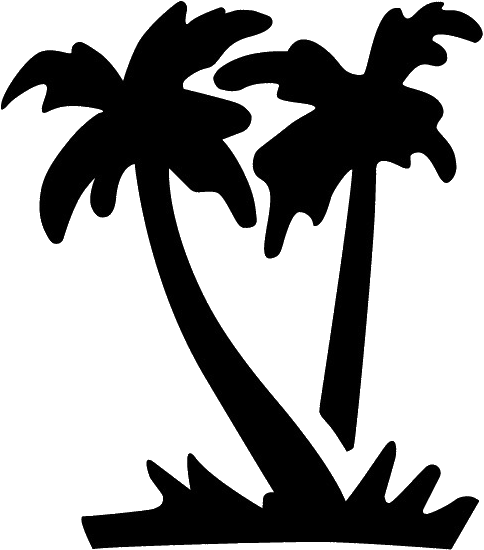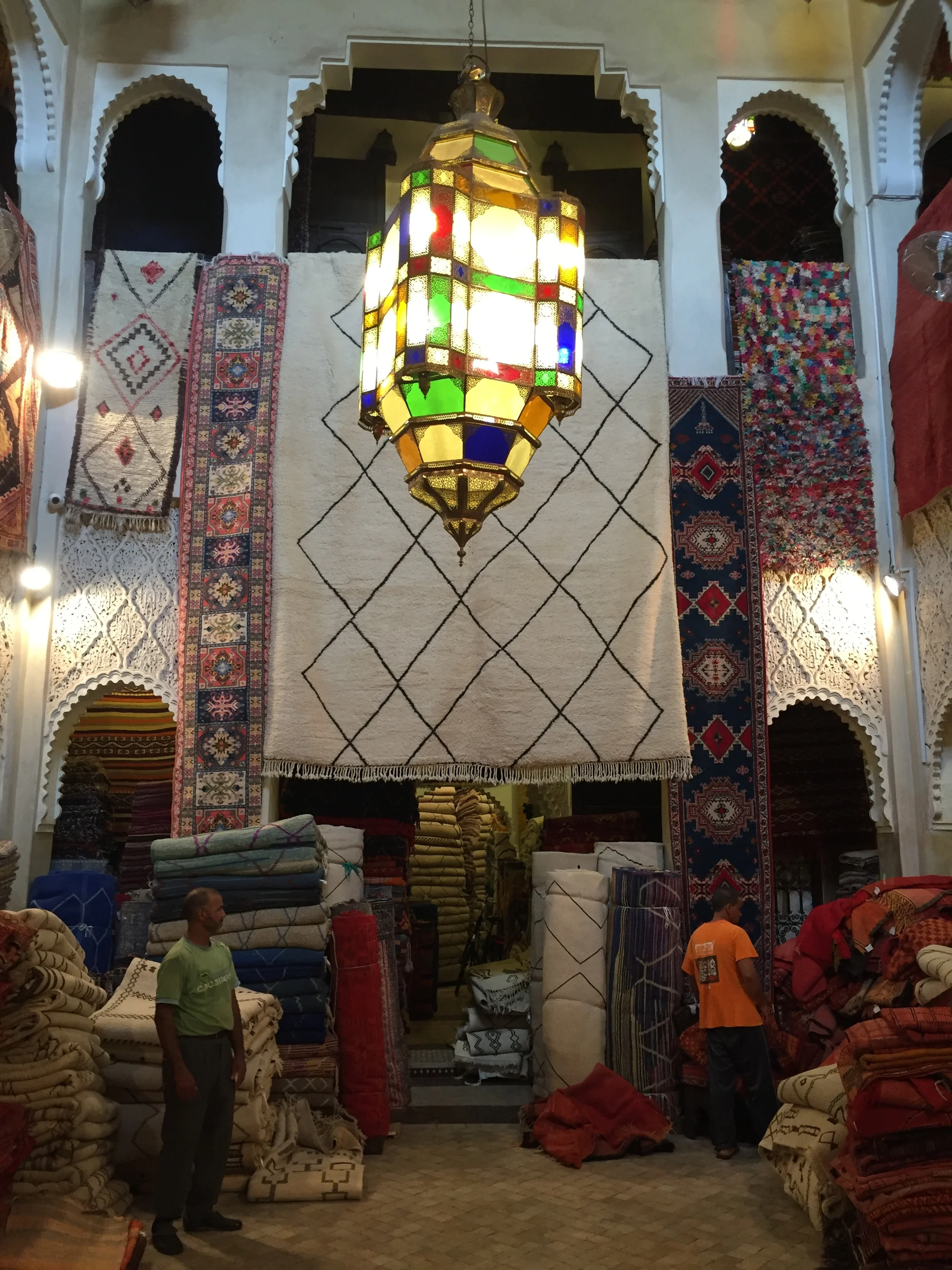On August 30, Mellah sent senior correspondent John Honeyman from Toronto, Canada to Marrakesh, Morocco on a rug buying trip. Over the next 4 weeks Mellah will be publishing his dispatches from the cities and souks of Morocco. See below for Part 2 or click here for part 1.
MEDINA
Medinas in Moroccan cities are walled medieval labyrinths. Outside of the main roads they are free of cars, but that is not to say there are without traffic. Two-stroke motorbikes whine as they spew exhaust and stain the ramparts with smudges of black. Donkeys bray and shit and toil under their burdens. Skinny men pull overloaded rickshaws. Overweight tourists in large groups get in the way of it all. The souks of the medina are commercial centers, where shops line either side of the street and vendors call out to tourists in a dozen languages. But the medina is not only a place to shop, it is also a place where things are made. Metalwork, leather tanning, basket weaving, wool dying... the medinas are what a pre-globalized—or even industrialized—world looks like. Moroccan medinas are mainly authentic, but, like all things—especially authentic things—they must be viewed with a skeptical eye.
Taking a taxi outside the Marrakesh medina. On the way to the rug shop.
Mustafa and I are ripping through the medina on a motorbike. After having driven with him in a car, it does not surprise me how he handles a bike: dangerously, and with little regard for himself, his passenger, or anyone else on the road. We are on our way to his cousin's carpet shop. It's a large four story building, that, like many buildings in the medina, looks nondescript on the outside. It is a Marrakshi pink slab of concrete with no outward facing windows or exterior architectural details. There are men in djellabas outside the modest doorway who gossip, smoke, and drink mint tea. Inside, a courtyard ascends to a glassed-in roof, where a mighty stained glass chandelier hangs from a twenty foot chain. The floors are tiled with zelliges, and the walls are sheathed with suspended rugs. Sheafs of folded carpets cover every available area of the floor. Palms, flowers and more carpets deck the roof, their colors fading and radiating under the midday sun. A mosque stands tall in the foreground, the Atlas mountains hazily looking on from behind it. I later learn there are 18,000 carpets in this store.
Big stack of Beni Ourain Berber rugs, some headed to Toronto, Canada.
I am introduced to Choukri, the fifth-generation owner of the shop. He looks like a cross between Dick Cheney and Suge Knight, but he is friendly and has an endearing laugh that begins life as a chuckle before metamorphosing into staccato squeals. We sit down on a divan to a tray of mint tea and make small talk for a few minutes. He has two boys at the University of Ottawa. He chose Ottawa, he tells me, because of its boring reputation—he didn't want them partying too hard at a university in Montreal. Choukri is a wealthy man, and a devoted dad, but he is far from a liberal. He is a devout Muslim who often leaves our meetings for prayers at the mosque. He treats his staff kindly and runs his business professionally. He asks me if I am ready to look at some rugs. I am ready.
Choukri has four m'taalams showing me the rugs. M'taalams are the men who pull out the rugs the salesman has chosen to show the customer. The rugs are heavy and stacked high. The men are strong and perform their task with stoicism and grace. One tiny, wiry man named Hafid wears a t-shirt that says "Love what you do." I take a picture of him smiling in the sun and post it to Instagram. We start with new rugs. The vintage Berber rugs, although artistically superior to the contemporary ones, do not come in many sizes. The looms were narrow and the houses long and skinny, so the rugs are not any wider than six feet. Choukri makes modern rugs of any size in a weaving collective outside of Marrakesh in both classic and contemporary styles. They are good quality and attractive, but aesthetically banal. I choose several of these new ones in runner and room size, both rarities in the authentic vintage rugs. The m'taalams fold up my selection and bring out the vintage pieces. Choukri gauges my appreciation as the men roll out the solemn and ponderous Beni Ourains, the shimmering red Rehamnas, the crude, hamfisted Boujaads, the jagged Zaianes, the jolie laide Boucherouites... they have the beauty of things imperfect, impermanent, and incomplete. Choukri has chosen well.
I am back every day for a week. Selecting through even a small percentage of 18,000 rugs takes time, and Choukri and the m'taalams are patient. Every day we eat lunch together, Choukri, the m'taalams, the salesmen, and me. Lunch is prepared by a happy woman in a hijab. We sit on rugs around a large tagine in a hidden room upstairs and eat with hollowed out pieces of bread. On Friday we eat couscous. Aziz, the boss of the m'tallams, speaks French and tells me he wishes to move to Canada. I show them the picture of Hafid on Instagram. They laugh and say he is famous in Canada. Choukri translates "Love what you do" to Arabic—this gets an ironic laugh from the m'taalams. Choukri and I work out the final selection, the price, the repairs necessary, and the shipping. We shake hands, close the deal, and the men get to work right away rolling and packaging the Moroccan rugs to ship to Toronto.
Hafid the mt'aalam offering some solid life advice.
In next week's installment of FROM TORONTO TO MARRAKESH: CHRONICLE OF A MOROCCAN RUG BUYING VOYAGE, John Honeyman enjoys a seaside sojourn in Essaouria.







